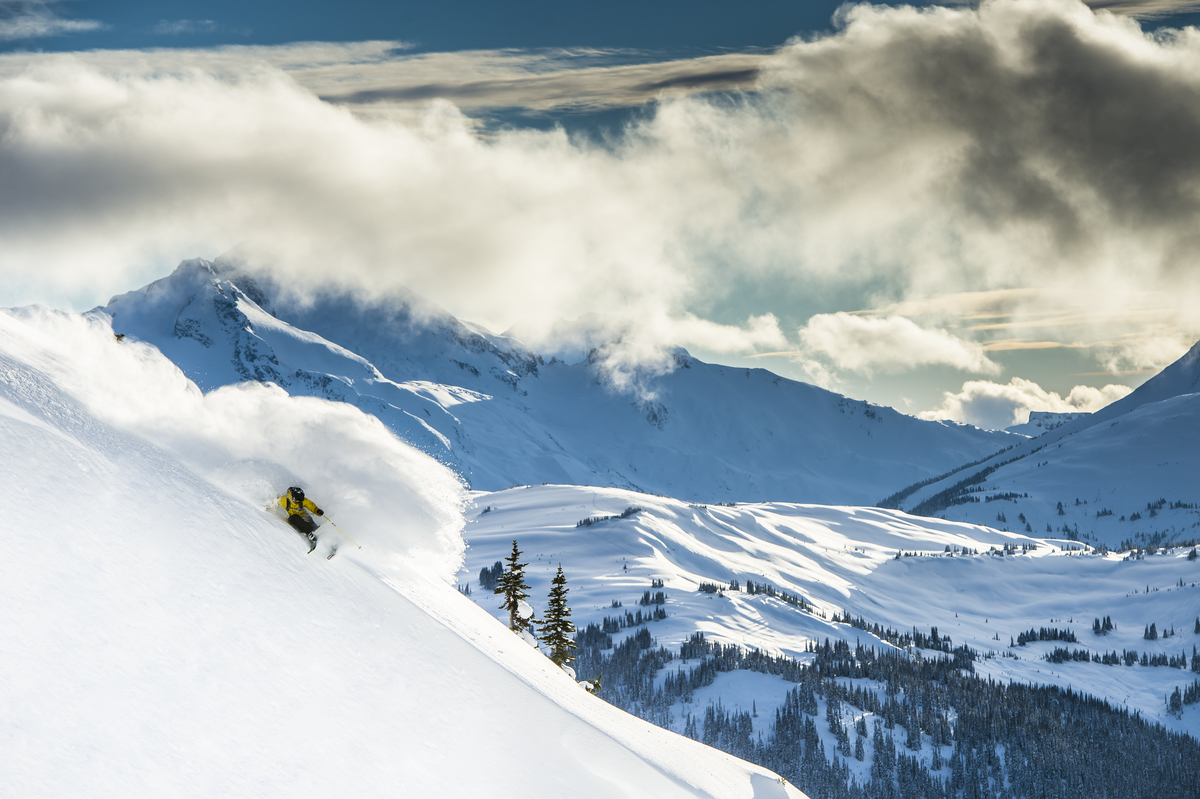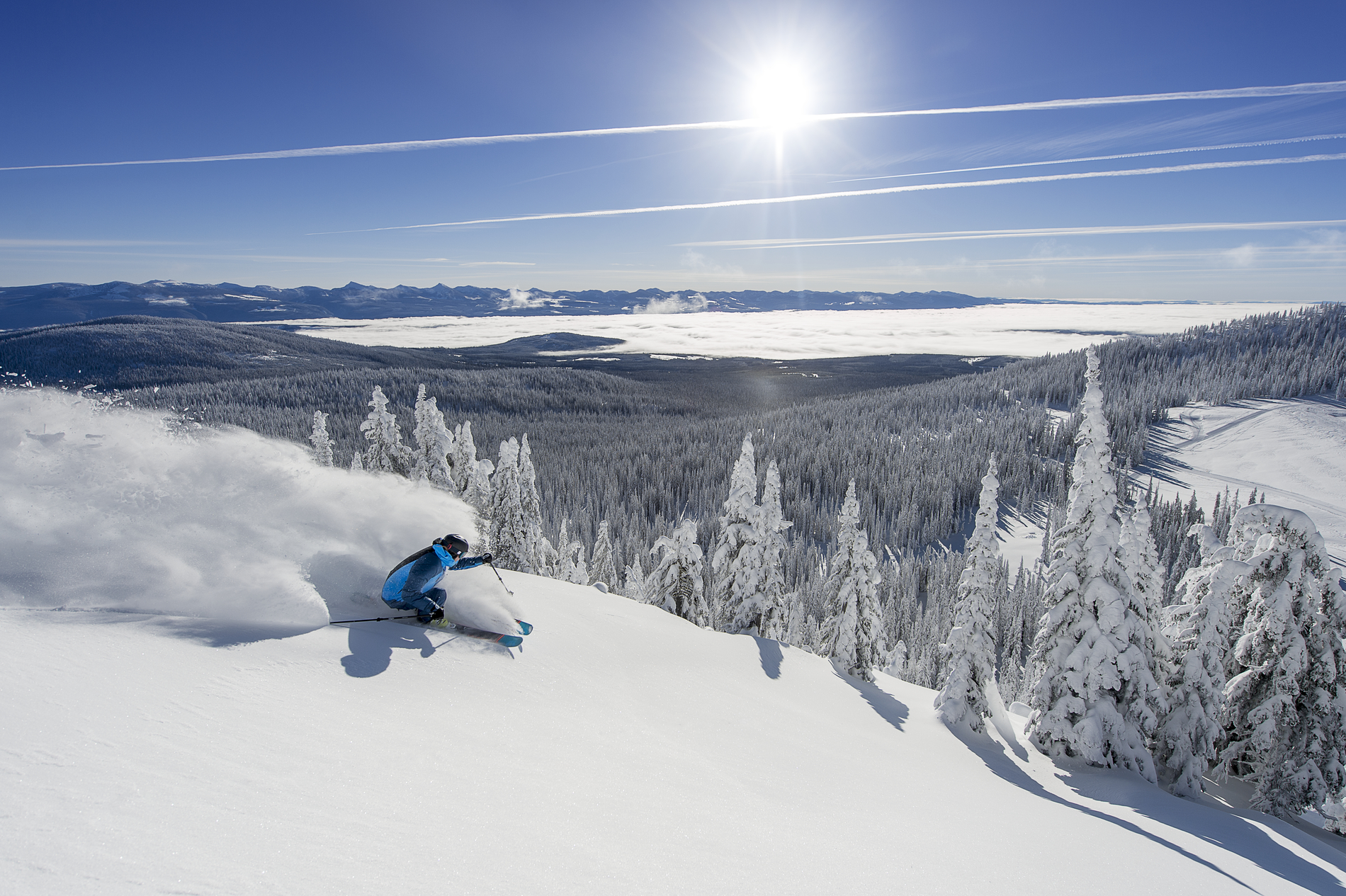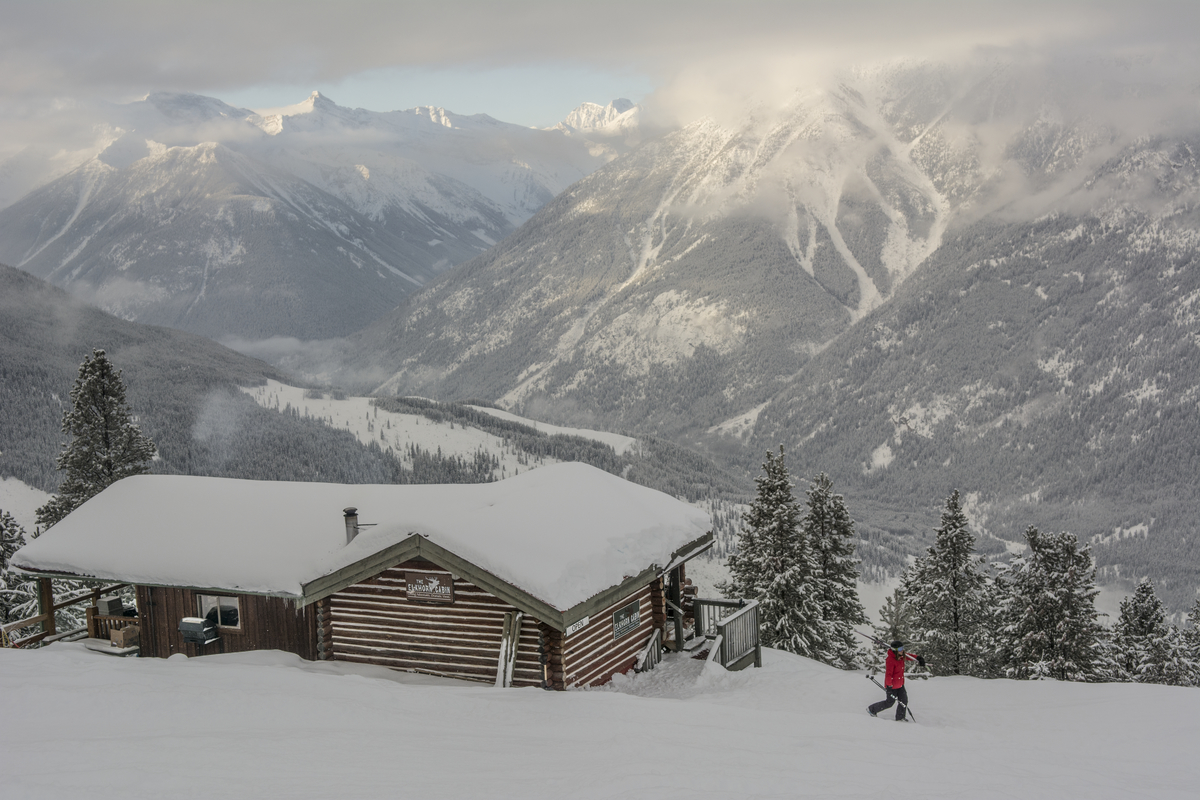If the misused trope of “BC skiing” is far from a one-dimensional affair, it at least reflects two commonalities: Plenty of snow and plenty of space. The former is what makes skiing in the province Instagram-worthy, but it’s the latter that defines it. Even “small” BC resorts are large enough for skiers to spread out and explore.
Better still, BC ski areas tend to reflect their wilderness settings in-bounds—healthy doses of the same postcard surroundings that provide for other activities like backcountry ski-touring, Nordic skiing, snowshoeing, dog-sledding, fat-biking, zip-lining, ice-fishing, and, well, how about a unique kilometre-long (0.6-mile) ice-skating loop through scenic forest like the one at Apex Mountain Resort?























